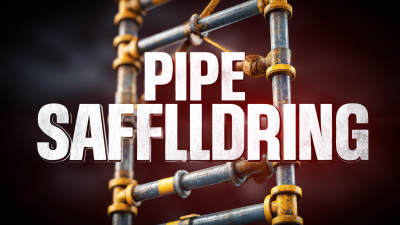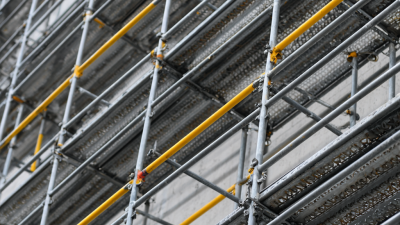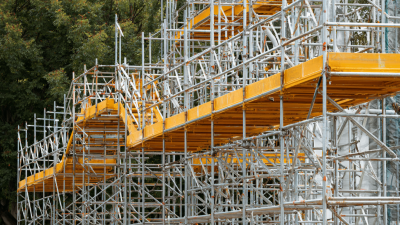 +86 18531741341
+86 18531741341
Leave Your Message
When embarking on a construction project, one of the often underestimated aspects is the Scaffolding Cost, which can significantly influence the overall budget. Understanding the hidden factors that contribute to these costs is essential for project managers and stakeholders alike. The intricacies involved in scaffolding—such as design requirements, material choices, labor rates, and project duration—can vary greatly depending on the unique characteristics of each project. Additionally, factors like location, site accessibility, and safety regulations play a crucial role in determining the final scaffolding expenses. In this article, we will explore various tips and insights to help you navigate the complexities of scaffolding costs effectively, ensuring that your project remains on track financially while maintaining the highest standards of safety and efficiency.
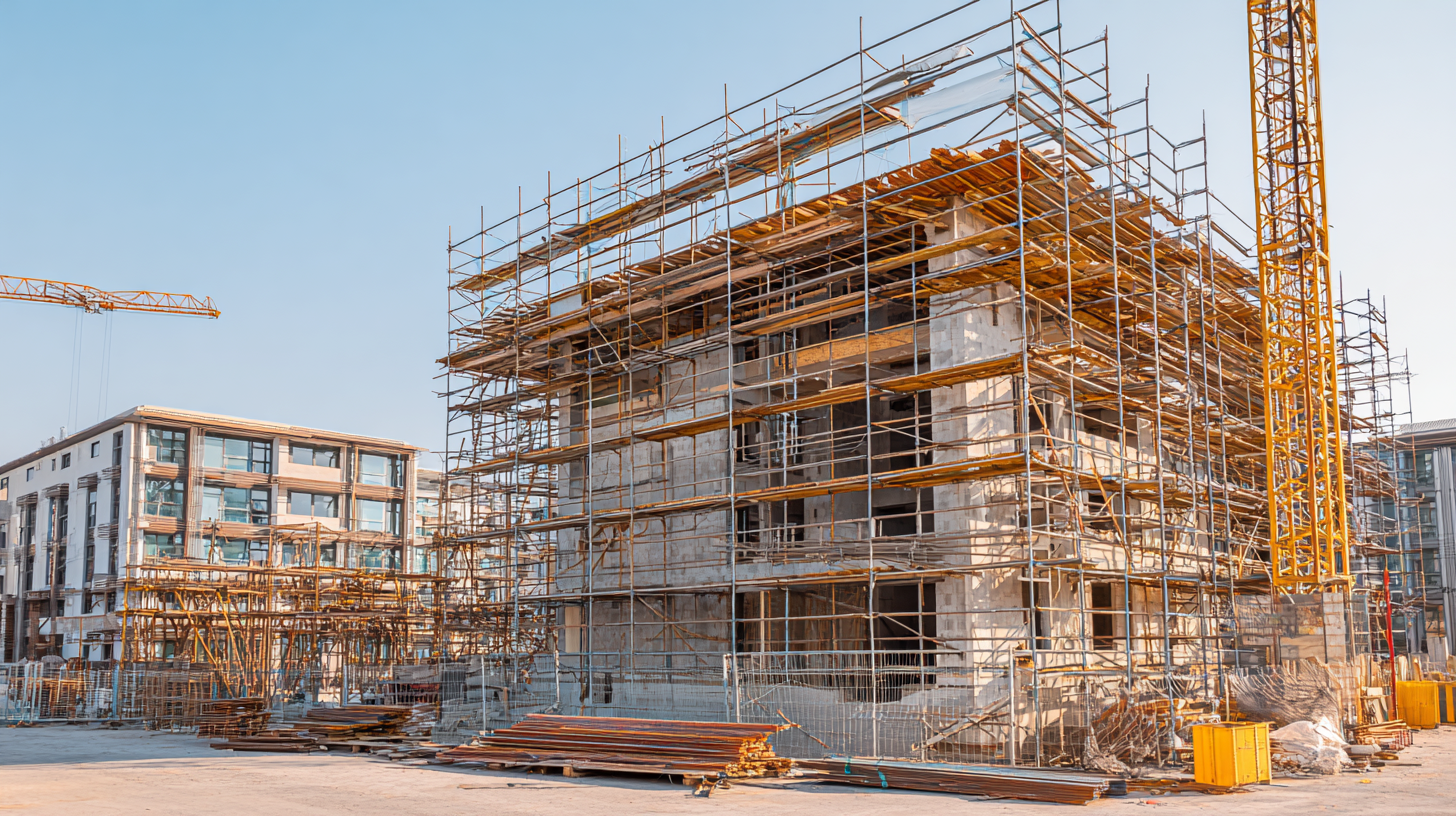
Scaffolding cost in construction projects can be significantly influenced by several key components. According to the "Scaffolding and Access Solutions Market Report" by MarketsandMarkets, labor costs account for nearly 50-60% of total scaffolding expenses. This highlights the importance of labor mobilization and skilled workforce availability. In regions with higher wage rates or labor shortages, project managers can expect to see a direct correlation with increased scaffolding costs.
Additionally, project scale and complexity play crucial roles in determining scaffolding expenses. A study from the National Institute of Standards and Technology revealed that larger and more intricate projects can see scaffolding costs rise by up to 30% due to longer setup times and increased safety compliance measures. For instance, multi-story buildings or structures requiring unusual shapes often necessitate custom scaffolding solutions, which can further escalate costs. Understanding these variables can empower project managers to make informed decisions and optimize their budgeting strategies for scaffolding in construction.
| Component | Influence Factor | Estimated Cost Impact (%) | Notes |
|---|---|---|---|
| Materials Quality | Higher quality materials increase durability but cost more. | 15% | Investing in quality can reduce long-term maintenance costs. |
| Labor Costs | Skill level and availability of labor can significantly affect pricing. | 25% | Skilled labor often commands higher wages. |
| Project Complexity | More complex projects require more scaffolding materials and labor. | 30% | Consider the design complexity when estimating costs. |
| Location | Geographical location impacts transportation and site accessibility. | 10% | Urban locations usually have higher logistics costs. |
| Duration of the Project | Longer projects increase scaffold rental fees. | 20% | Plan timelines carefully to manage costs. |
When embarking on a construction project, scaffolding serves as an essential component, ensuring safety and access to elevated areas. However, the choices made regarding materials can significantly affect the overall scaffolding expenses. Evaluating options such as aluminum, steel, and wood reveals divergent financial implications that project managers must consider.
Aluminum, while often more expensive upfront, is lightweight and provides ease of assembly, potentially reducing labor costs. Conversely, steel scaffolding, known for its durability, may require a larger initial investment but can be more cost-effective in the long run due to its longevity and strength.
In addition to material type, the sourcing and quality of materials also play a crucial role in determining costs. Local supply chains may offer lower prices but could compromise on quality, leading to potential safety hazards and increased costs in the long run due to repairs or replacements. On the other hand, investing in high-quality materials might yield a better safety record and lower maintenance costs over time.
Thus, making informed material choices is vital for balancing immediate financial constraints with long-term project success and safety, ultimately impacting the total scaffolding costs associated with any construction endeavor.
Labor costs are a significant factor in determining scaffolding budgets, as they directly impact the overall expenses of a project. When planning for scaffolding, it's vital to account for the skilled labor required for the installation and dismantling of scaffolding structures. The level of expertise and experience of the workforce can vary widely, leading to fluctuations in labor costs. Engaging highly qualified scaffolding professionals, while more expensive, can ensure safety and efficiency on-site, ultimately saving time and reducing the risk of costly delays.
Additionally, project timelines must be considered when estimating labor costs. Extended durations can lead to increased expenditures due to prolonged labor engagement. It's essential for project managers to meticulously assess the required scaffolding setup duration to avoid unforeseen expenses. Furthermore, the availability of labor can also influence costs; regions with a shortage of skilled workers may face higher wages, thereby impacting the overall scaffolding budget. Understanding these workforce implications is crucial for effectively managing costs and ensuring that projects remain on track and within budget.

Site conditions play a crucial role in determining the overall cost of scaffolding in construction projects. Factors such as the terrain, accessibility, and weather conditions can significantly influence the amount of material needed and the time it takes to set up scaffolding. For example, uneven or hazardous terrain may require additional safety measures and more complex scaffolding designs, leading to increased costs. Similarly, if the site is difficult to access, it may necessitate extra logistical planning and transportation expenses, further driving up the overall cost.
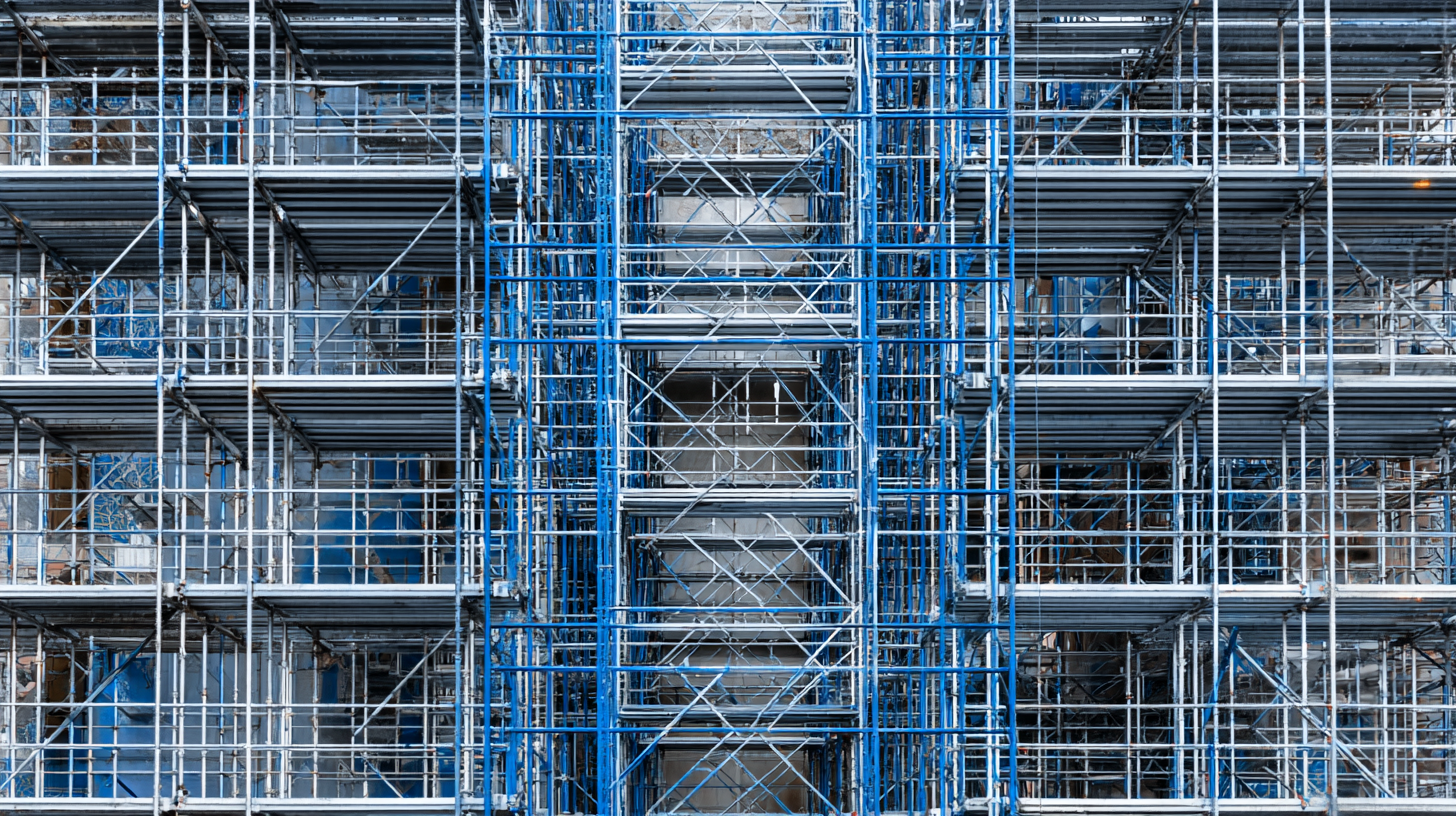
Weather conditions are another critical aspect that can impact scaffolding costs. Adverse weather such as rain, snow, or high winds can delay installation and increase labor costs, as workers may need to take extra precautions or halt work entirely. Moreover, scaffolding systems must often be customized to withstand specific environmental challenges, adding to the initial expense. Understanding these site-specific factors is essential for accurate cost estimation and project budgeting, ensuring that all potential influences are accounted for as the project progresses.
When planning a scaffolding project, understanding regulatory compliance is crucial as it often reveals hidden fees that can significantly inflate costs. According to the Scaffold Industry Association, about 20-30% of a project's total scaffolding expenses can stem from meeting local, state, and federal regulations. These compliance measures include safety standards, load capacity requirements, and mandatory inspections, each contributing to the overall financial burden of scaffolding setup.
In addition to these inherent costs, projects that navigate compliance issues may face further penalties or fines for non-adherence. A 2021 report from the Occupational Safety and Health Administration (OSHA) highlighted that improper scaffolding not only poses safety risks but also leads to average fines of $5,000 per violation. Therefore, it's imperative for project managers to thoroughly budget for compliance costs and to engage with experienced scaffolding providers who can navigate the regulatory landscape efficiently. This proactive approach not only safeguards against unforeseen expenses but also enhances the overall safety and success of the project.
This bar chart illustrates the hidden fees and costs associated with scaffolding setup due to regulatory compliance factors. It highlights various cost components to be aware of during budget planning for scaffolding projects.
